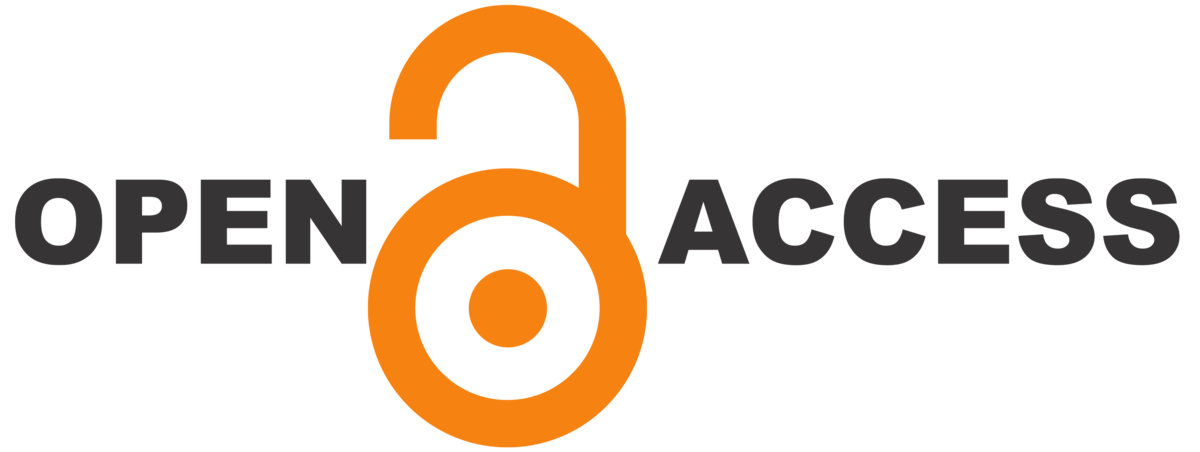The student reader in the discourse of official teaching document
DOI:
https://doi.org/10.22481/el.v18i2.5821Keywords:
Student reader. Discursive imaginary. Oficial teaching documents.Abstract
This article aims to present the results of an investigation about the discursive imaginary about the student reader in some official teaching documents – PCN (1998), OCEM (2006) and DCE/PR (2008) – when dealing with the subjects of Portuguese Language, Philosophy and History. With the theoretical support of French Matrix Discourse Analysis, we seek to understand which reader images are built there and which of its meaning effects may impact reading teaching and learning. The data show that in such documents the image of student reader is linked to that of teacher-reader, putting Portuguese Language and Philosophy on one side and History on the other.
Downloads
References
BAKHTIN, M. Estética da criação verbal. Tradução de Maria Ermantina Galvão G. Pereira. 2. ed. São Paulo: Martins Fontes, 1997.
BRASIL. Lei de Diretrizes e Bases da Educação Nacional: Lei nº 9.394/96 – 24 de dez. 1996.
BRASIL. Secretaria de Educação Fundamental. Parâmetros curriculares nacionais: terceiro e quarto ciclo do ensino fundamental: língua portuguesa. Brasília: MEC/SEF, 1998a.
BRASIL. Secretaria de Educação Fundamental. Parâmetros curriculares nacionais: História. Brasília: MEC/SEF, 1998b.
BRASIL. Ministério da Educação. Secretaria de Educação Média e Tecnológica. Parâmetros Curriculares Nacionais: Ensino Médio, Ciências Humanas e suas Tecnologias, Brasília: MEC/SEF, 2000.
BRASIL. Orientações Curriculares para o Ensino Médio (OCEM). Vol. 1. Linguagens, códigos e suas tecnologias. Brasília: Ministério da Educação/Secretaria de Educação Básica, 2006a.
BRASIL. Orientações Curriculares para o Ensino Médio (OCEM). Vol. 3. Ciências Humanas e suas tecnologias. Brasília: Ministério da Educação/Secretaria de Educação Básica, 2006b.
CORACINI, M. J. R. F. A aula de línguas e as formas de silenciamento. In: CORACINI, M. J. R. F. (Org.). O jogo discursivo na aula de leitura: língua materna e língua estrangeira. 2. ed. Campinas: Pontes, 2002. p. 67-74.
FOUCAULT, M. A arqueologia do saber. Tradução de Luiz Felipe Baeta Neves. 7. ed. Rio de Janeiro: Forense Universitária, 2008.
GADET, F.; HAK, T. (Org). Por uma análise automática do discurso: uma introdução à obra de Michel Pêcheux. 2. ed. Campinas: Editora da Unicamp, 1993.
MARINHO, M. Currículos da escola brasileira: elementos para uma análise discursiva. In: Revista Portuguesa de Educação, Braga, v. 20, n. 1, 2007. p. 163-189. Disponível em: <www.scielo.mec.pt/pdf/rpe/v20n1/v20n1a07.pdf>. Acesso em: 29 set. 2016.
NASCIMENTO, Maria Regina de Jesuz. O imaginário discursivo sobre o aluno leitor no universo escolar. Orientadora: Eliana Maria Severino Donaio Ruiz. 2017. 112 f. Dissertação (Mestrado em Estudos da linguagem) Universidade Estadual de Londrina, Londrina, 2017.
ORLANDI, E. L. P. Análise do discurso: princípios e procedimentos. 7. ed. Campinas, SP: Pontes, 2007.
PARANÁ. Secretaria de Estado da educação. Diretrizes Curriculares da Educação Básica: Língua Portuguesa. Curitiba: [s.n.], 2008.
PÊCHEUX, M.; FUCHS, C. A propósito da Análise Automática do Discurso: atualização e perspectivas. In: GADET, F.; HAK, T. (org). Por uma análise automática do discurso: uma introdução à obra de Michel Pêcheux. 2. ed. Campinas: Editora da Unicamp, 1993. p.163-252. c1975.
PÊCHEUX, M. Análise automática do discurso (AAD-69). In: GADET, F.; HAK, T. (Org.). Por uma análise automática do discurso: uma introdução à obra de Michel Pêcheux. 4. ed. Campinas: Editora da Unicamp, 2010. p. 74 -87. c1993.
PÊCHEUX, M. Semântica e Discurso: uma crítica à afirmação do óbvio. Tradução de Eni Orlandi et al. 2. ed. Campinas: Editora da Unicamp, 1975.
Downloads
Published
How to Cite
Issue
Section
License

Estudos da Língua(gem) is licensed under a Creative Commons Attribution 4.0 International License.
Authors who publish in the journal Estudos da Língua (gem) agree with the following terms:
The journal Estudos de Língua(gem) maintains the copyrights of the contributions published. These rights include the publication of the contribution and make its content available for free through the portal.













